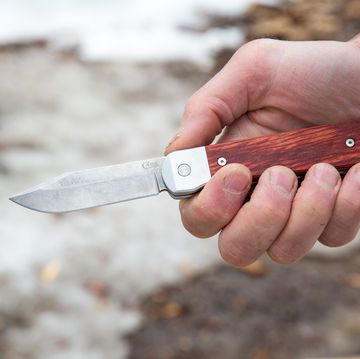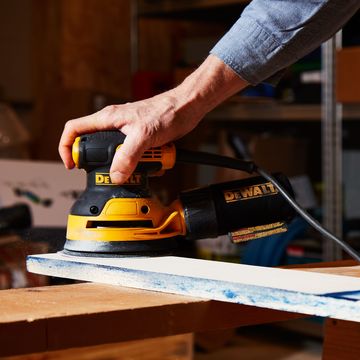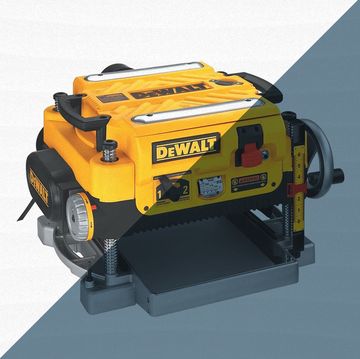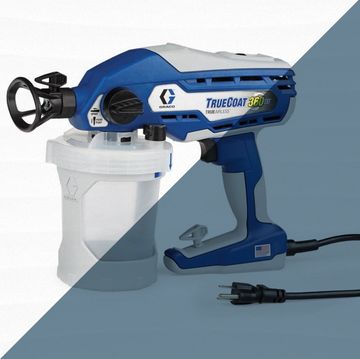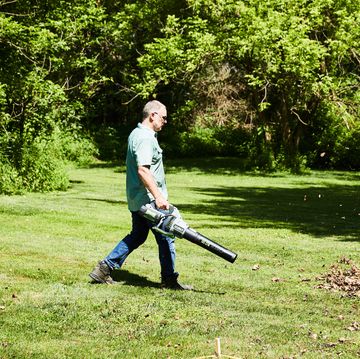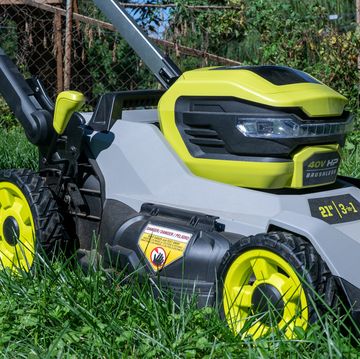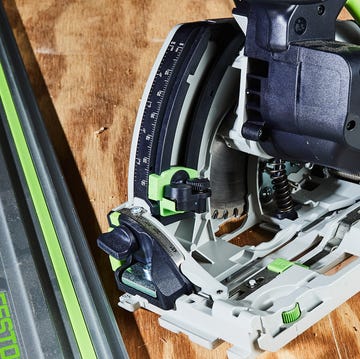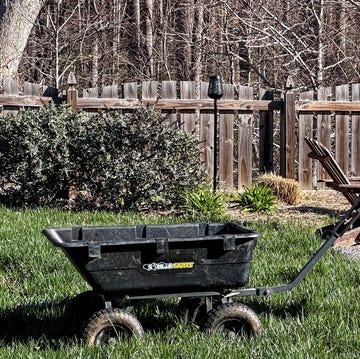Every year Americans buy 4 to 5 million walk mowers. And when you consider the long summer ahead—and how much of it you'll spend behind a mower—you'll want to choose your machine carefully.
"The three things that most people look for in a mower are performance, comfort, and durability," says Jeff Salamon, director of marketing for outdoor power equipment manufacturer Cub Cadet. Whenever possible, have a look at the assembled mower in a hardware store, home center, or dealership. "Make sure that the handlebar and speed-control system suit you," Salamon says. "Finally, don't forget to look into how the manufacturer backs the product in the form of its warranty or whether it guarantees the machine to start." Many better quality mowers come with such a guarantee. Cub Cadet, for example, guarantees the mower will start on the first or second pull for the duration of its three-year warranty.
Engine
Walk-mower engines range from 140-cc to 190-cc. Choose a larger engine for tough cutting conditions, such as tall and wet grass, bagging, leaf mulching, or maintenance mowing in which you're cutting down weeds.
There are currently four types of engines manufactured for walk mowers. The most basic and least expensive is a traditional side-valve (meaning the valves are on the side of the engine block). This engine is being replaced in the market by those with overhead valves or even overhead cams, where the cam and valves are in the cylinder head, as in a car engine. Engine manufacturer Briggs & Stratton has recently introduced still another variation known as direct-overhead-valve. You pay more for an overhead-valve engine, but in return you get better fuel consumption, reduced emissions, less vibration, and quieter mowing.
Drive
For some walk mowers, you provide the power by pushing. Others have a drive system that turns their front or rear wheels. Choose a push mower for a small, flat yard (less than 4000 square feet of grass). Choose a self-propelled mower for medium and large yards. At PopMech, we define a medium-size yard as having 4000 to 6000 square feet of grass, and large yards as having about 6000 square feet or more.
For maximum maneuverability, choose front drive: This allows you to push down on the handle and lift the front-drive wheels to quickly pivot the mower. However, if the yard slopes, choose a rear-drive mower—front drive loses traction when mowing uphill, especially with a bag full of clippings.
Drive Control
There are four means by which mowers control their drive system:
• a bail (a metal rod) that you squeeze against the handle • a lever that you push with your thumb • a lever that you squeeze against the handle, sort of like a hand brake on a bike • a telescoping handle you push forward to increase speed, or release pressure to decrease speed
Choosing the drive control is important not only for your comfort—it also affects how easily you can maneuver. Choose lever-operated drive if you need to do a lot of maneuvering with back-and-forth motion to cut around plants and landscape features. This allows you to stop the mower's drive system and push, pull, or pivot under branches or other obstacles. A bail drive control and other mechanisms are better for mowing wide-open areas.
Functions
Mowers treat clippings one of three ways. They can mulch (repeatedly cut clippings into small particles), they can discharge clippings out the deck, or they can collect clippings in a bag. You can get a mower that does all of these functions, or just two. Mowers with two functions will either bag and mulch, or mulch and side-discharge. For optimal versatility, choose a three-function mower.
More Features to Consider
Gas-tank and oil-fill locations: You want a machine that makes it easy to add gas, check oil, and add oil to the mower. Caps and oil-fill spouts should be conveniently located and easy to turn.
Air filter: The cover over the air filter should be easy to remove. More expensive mowers have large, pleated-paper air filters with a lot of dirt-trapping surface area. These are preferred for dusty and dirty mowing conditions, or situations in which you do a lot of leaf mulching in the fall. Inexpensive mowers use a simple piece of foam moistened with clean engine oil.
Blade brake clutch: This mechanism allows you to disengage the mower's drive system, stop the blade, and walk away from the mower with the engine running. It's an expensive option (adding $75 to $100 to the mower's cost), but it may be useful if you spend a lot of time stopping to remove debris, toys, or yard furnishings from the mower's path.
Wash-out fitting: Many mowers today are equipped with a wash-out nozzle that enables you to connect a hose to the mower deck and wash accumulated grass clippings from under the deck. More expensive mowers have a quick-connect fitting that allows you to thread the wash-out nozzle onto the hose and then simply snap the nozzle onto the deck. Less expensive mowers require you to thread the end of the hose onto the deck-mounted nozzle.
Front caster wheels: These wheels allow you to pivot a rear-drive mower the way you would a grocery cart and are helpful when you need maximum maneuverability. They are not convenient for adjusting the cutting height, however, because both front wheels need to be independently adjusted when you raise or lower the mower deck.
Tall rear wheels: Tall rear wheels help the mower move more easily over rough surfaces. In some cases, the rear deck height levers may not be as accessible because of the wheel height.

Roy Berendsohn has worked for more than 25 years at Popular Mechanics, where he has written on carpentry, masonry, painting, plumbing, electrical, woodworking, blacksmithing, welding, lawn care, chainsaw use, and outdoor power equipment. When he’s not working on his own house, he volunteers with Sovereign Grace Church doing home repair for families in rural, suburban and urban locations throughout central and southern New Jersey.


